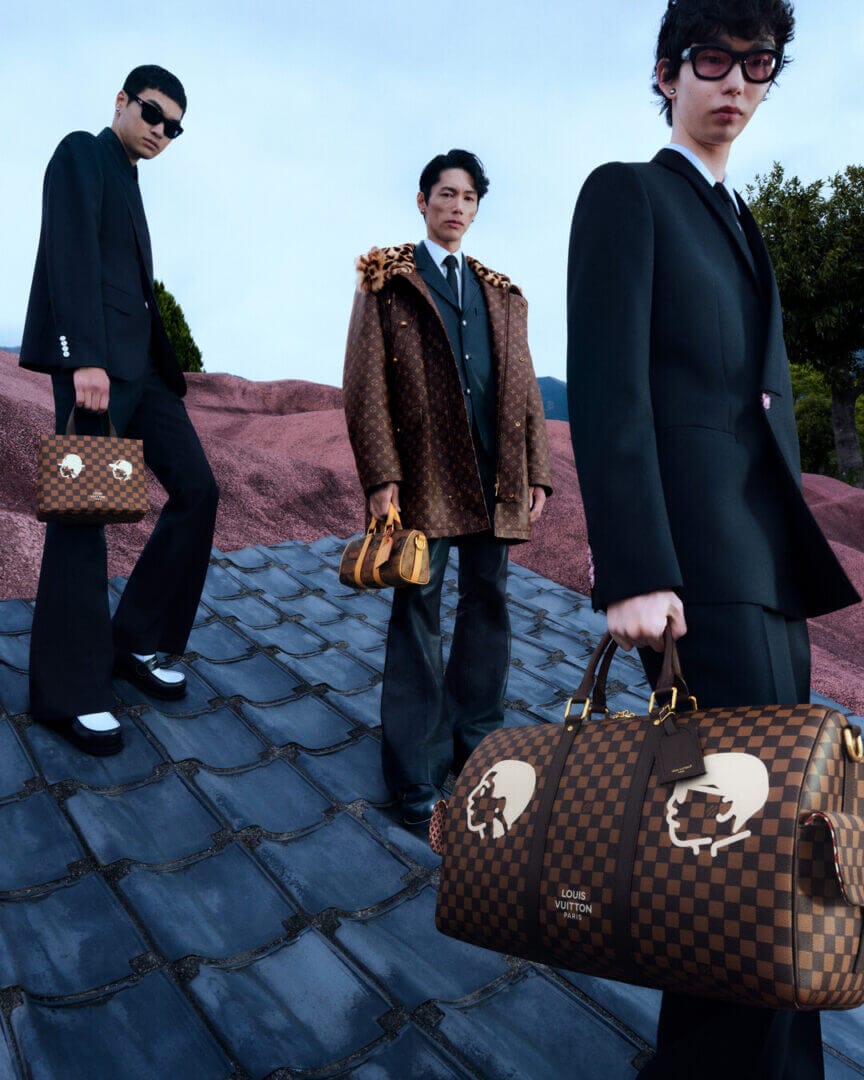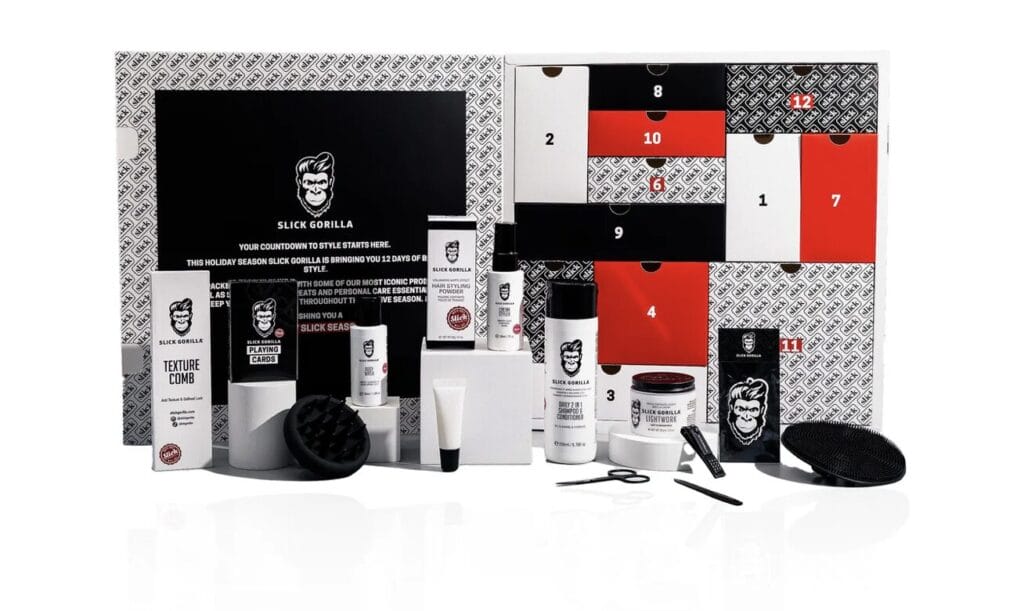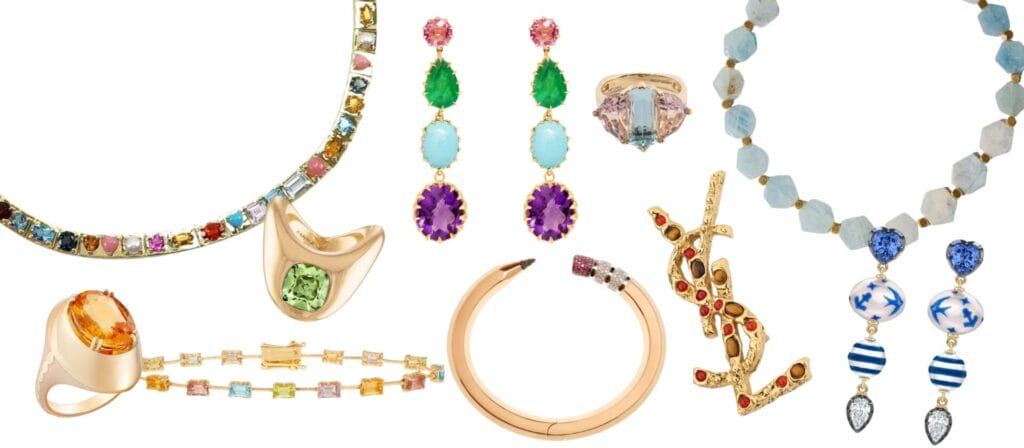If you thought you’d seen it all in menswear, AW25 throws down a new gauntlet. With artificial intelligence rewriting the rules and Pharrell x NIGO aiming to rewrite fashion history, Louis Vuitton’s menswear collection doesn’t just show—it shouts. But that leads to a deeper question—who’s really the intended audience? On a backdrop of sculpture gardens and shifting skies, the future of fashion isn’t approaching quietly. It’s arriving with pattern, texture, and a touch of revolution.
Men’s Fashion AW25: The Style Breakdown
- Styles & Shapes: Tailored meets deconstructed. Expect elongated silhouettes, high-contrast layering, and exaggerated shoulders. Form meets freedom.
- Colors: Earth tones get futuristic upgrades—mossy greens, dusty azures, golden saffron. Accents in digital lavender and chromatic black signal luxury meets innovation.
- Fabrics & Textures: Technical fabrics with tactile appeal—recycled silks, bioengineered denim, and sheer overlays bring depth and sustainability.
- Trends to Watch:
- Hybrid dressing (streetwear + suiting)
- Modular accessories
- Woven techwear
- Cultural referencing without appropriation
- Sustainability Push Forward: Circularity, low-impact dyeing, zero-waste tailoring, and blockchain-backed material sourcing are no longer niche. They’re the new standard.
AI’s Influence: Fashion’s Fast-Forward Button
Artificial Intelligence isn’t dabbling in fashion—it’s redesigning its DNA.
5 Major Ways AI Is Reshaping Fashion:
- Predictive Trend Modeling: Algorithms analyze search data, influencer content, and global events to forecast fashion trends before they happen.
- Hyper-Personalized Shopping: AI-driven recommendations that feel eerily accurate—curating style as intimately as a personal stylist.
- Virtual Design and Prototyping: Digital-only collections reduce waste and allow infinite tweaks before hitting the runway.
- Smart Manufacturing: AI optimizes fabric cutting, assembly, and shipping to minimize waste and labor costs.
- Real-Time Sentiment & Style Tracking: AI tools monitor consumer responses across platforms to guide design and inventory decisions.
Brands that don’t evolve with this pace are destined to become echoes in an AI-powered chorus.
Louis Vuitton AW25: A Campaign as Couture Philosophy
Louis Vuitton isn’t simply riding the wave—it’s aim is to steer the ship. For AW25, the maison brings forth a campaign that’s equal parts art, architecture, and anthropological ode.
- Advertising and Visual Strategy: Shot by Harley Weir in Yoro Park’s surreal dreamscape, visuals merge wearable futurism with philosophical nostalgia. Think ‘Reversible Destiny’ meets runway romance.
- Target Demographic: Art-literate rebels, digital natives, and global fashion nomads. LV’s AW25 speaks to the consumer who collects culture, not just clothing.
- Conceptual Themes:
- “Phriendship” as futuristic kinship
- East-meets-West heritage spliced with modern dandyism
- Patterns that tell stories, textures that map emotion


There’s something undeniably poetic in how Louis Vuitton’s AW25 menswear collection has been captured—Harley Weir’s lens conjures a dreamscape, set against the architectural surrealism of Yoro Park. The art direction feels more like a high-concept gallery show than a traditional fashion campaign, and that’s precisely what LV wants: not just to show clothes, but to stir something cerebral. Patterns and textures clash in rhythm with the landscape; models resemble characters caught between eras and dimensions, embodying a heritage brand’s yearning to stay both relevant and provocative.
Yoro Park—officially known as the Site of Reversible Destiny—is unlike anything I’ve ever experienced. Nestled in Japan’s Gifu Prefecture, it isn’t just a location, it’s a confrontation. Co-created by artists Shusaku Arakawa and Madeline Gins, the park is a wildly experimental canvas that plays with physical perception, spatial disruption, and philosophical thought. This isn’t about strolling through sculptures—it’s about losing balance, regaining awareness, and rethinking how you move through the world.
What struck me most is how the park forces you out of autopilot. The architecture disorients by design: undulating floors, sudden inclines, structures that test your instincts. You don’t simply observe art—you participate in it, sometimes involuntarily. The concept of “Reversible Destiny” isn’t just poetic—it’s provocative. It invites you to question not only where you are, but who you are, and how you engage with space, gravity, and existence itself.
For fashion creatives, this location holds deeper value. It mirrors the kinds of risks we take in design—pushing boundaries, challenging comfort, telling stories through structure. That’s exactly why Louis Vuitton chose it for their SS26 menswear campaign. It reflects the brand’s mission to reframe identity and movement in a world where visual and emotional impact matter more than ever.
But beneath the cinematic gloss, I find myself eyeing the collection with a practical lens. The tailoring is solid, some silhouettes are fresh—elongated jackets, architectural trousers, cultural references dialed in. Yet once again, we’re served the perennial push for men’s handbags. And here’s the truth: American men aren’t biting. No matter how many luxury brands insist, no matter how artfully they photograph it or how many celebrities carry it, the men’s handbag remains more symbol than staple in this market. It’s not denial—it’s data. The sell-throughs aren’t there, and the feedback is consistent. So why keep pressing?
One theory: pushing handbags isn’t about men at all. It’s brand theater—provocation that breeds attention. It’s also bait for women who browse menswear advertising as surrogate shoppers. And more cynically, it’s about crafting a halo—hoping bold visuals inspire viral chatter that drives fragrance and women’s bag sales, where the margins truly live. But in doing this, brands risk losing sight of the men who once bought regularly, and now simply don’t see themselves in the narrative. Where do those men go? To sharp tailoring, modular fabrics, sustainable styles. To clean lines, smart sports jackets, trousers with purpose.
There’s room for experimentation in menswear, absolutely. But it shouldn’t come at the cost of alienating the consumer who wants timeless quality and subtle evolution—not constant reinvention disguised as gimmick. If luxury brands hope to recapture that market share, they need to remember the power of a well-cut suit, fabric that breathes, and colors that resonate with the real world. And maybe, just maybe, ask themselves—who are they really designing for?


LV Fall/Winter 2025: The Foundation Beneath the Leap
Still fresh in memory but foundational to the launchpad, the Fall/Winter 2025 collection co-designed by Pharrell and NIGO laid the blueprint. Uniforms and streetwear clashed in harmony, echoing Japanese artistry and travel-centric experimentalism. It wasn’t just a campaign—it was a multidimensional conversation.
Save Article








